Praeludium, Chorale, & Fugue in d minor Op. 10
Details
Description
SKU: S0.445041
Composed by Steven Monrotus. Contemporary Classical,General Worship,Repertoire,Technique Training,Recital. Score. 26 pages. Published by Steven Monrotus (S0.445041).This spacious work was composed for an organ with 2 manuals and pedals minimum. It would make for not only effective recital and lesson material but a place could be easily found for it in the worship service where it might be divided and its consecutive sections used for a thematically related prelude, offertory, & postlude, respectively. By virtue of its length and relatively dense texture this composition borders on being a virtuoso work, but it is built around very simple means, viz., a governing idea consisting of the same 9-note stepwise figure. This figure is in the same key and has a very similar melodic curve to the dedicatee's great d minor Toccata & Fugue BWV 565, a work which German organists of the time would typically attach the simple title "Praeludium." The work at hand leads off with an extended, multi-sectional north German organ toccata which imitates the old 7-part "stylus phantasticus" form [free - strict (4/4) - free - strict (3/2) - free - strict (6/8) - free] used by many Baroque organ composers including the dedicatee in his early years. That this form is still relevant to today's expression is amply demonstrated in this work. This opening movement is followed by a related slow central movement leading to a 4 voice bridge section and then to a related 4 voice Fugue written in quadruple counterpoint with 3 countersubjects maintained throughout. The Praeludium thus has 3 free improvisatory sections alternating with 3 fugal imitative sections, and in each of the 4 voice fugal sections the 3rd entry of the subject is always in the bass. The fact that the main idea for the Praeludium, the 1st Chorale theme, and the Fugue's subject are all thematically related imparts a very strong sense of unity to the entire work. In honor of the dedicatee, Bach's famous melodic signature of 4 notes (Bb - A - C - B natural) in the German language has been written into the counterpoint in all 3 components of the work, and these places are so marked in the score. The Praeludium's 1st free section includes a virtuoso pedal solo and ends with a full cadence in the home key. Since the subject in the 1st strict (4/4) section begins on scale degree 5, a real answer was supplied in the subdominant key, and this passage closes with another full cadence. The 2nd free section converts to 3/2 meter, assigns the theme to the pedals underneath rapid manual figuration for both hands, stays in the home key, and closes with a half cadence. The subject of the 2nd strict (3/2) section begins on the 1st scale degree, is supplied with a real answer in the dominant key, and closes with another full cadence. The 3rd strict (6/8) section converts to compound duple meter, has a subject which begins on the 1st scale degree, and is supplied with a real answer in the dominant key. The short free ending, instead of being separate, is a continuation of the final strict section in the same meter and tempo and ends in 6 voices with an extended plagal cadence. Certain notes in this Praeludium were ornamented either with a trill or lower mordent and, in each case, the ornament was written into the notation to facilitate the intended execution. The score for the central Chorale is published separately [See Chorale in d minor for Organ Op. 9] where its description may also be found. This was done to retain its autonomy while at the same time allow it to exist as part of another piece to further pay homage to the dedicatee, whose habit it often was to repackage his own previously composed music in a new work. Following this Chorale the ensuing bridge passage of 17 bars is written in 4 voice triple counterpoint during which all 3 countersubjects of the Fugue take turns entering in the bass in chronological order (same order as the Fugue's exposition) providing a hint at what is to follow. This bridge begins slowly one voice at a time and builds in dynamic level and complexity employing deceptive cadences and a gradual crescendo before coming to a stop on a half cadence, creating a sense of anticipation. The Fugue subject then starts on the 1st scale degree and is supplied with a real answer in the dominant key. The entries after this pass through all related keys and are separated by a 2 voice episode in the relative key (F Major) and a 3 bar episode in an unrelated key (c minor). All 3 countersubjects enter in the bass at least once. The coda begins to modulate to the relative key only to take a sudden quick turn back to the dominant key before landing in the home key. This music concludes with great finality in 6 voices using an unusual double Picardy 3rd and double pedal in octaves over the full power of the instrument. In this work the stretch for the hands is kept at an octave or less. Registration suggestions and indications for hand division are included with the score. Length: 247 measures. Duration: 10:46. Composers Bio page: OrganBench.com .
Digital Downloads are downloadable sheet music files that can be viewed directly on your computer, tablet or mobile device. Once you download your digital sheet music, you can view and print it at home, school, or anywhere you want to make music, and you don’t have to be connected to the internet. Just purchase, download and play!
PLEASE NOTE: Your Digital Download will have a watermark at the bottom of each page that will include your name, purchase date and number of copies purchased. You are only authorized to print the number of copies that you have purchased. You may not digitally distribute or print more copies than purchased for use (i.e., you may not print or digitally distribute individual copies to friends or students).
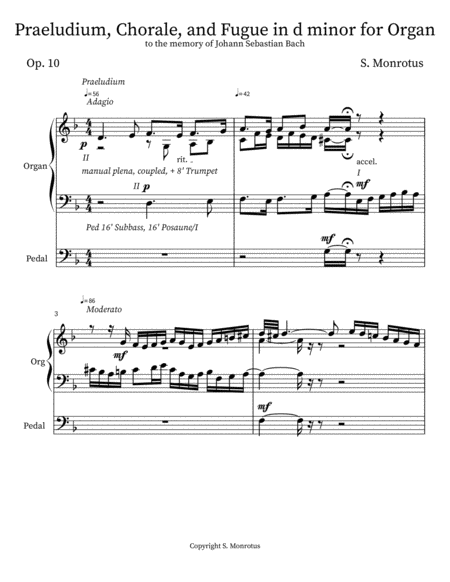
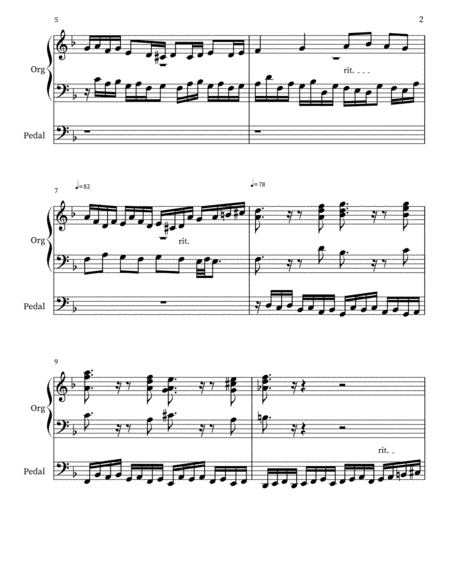
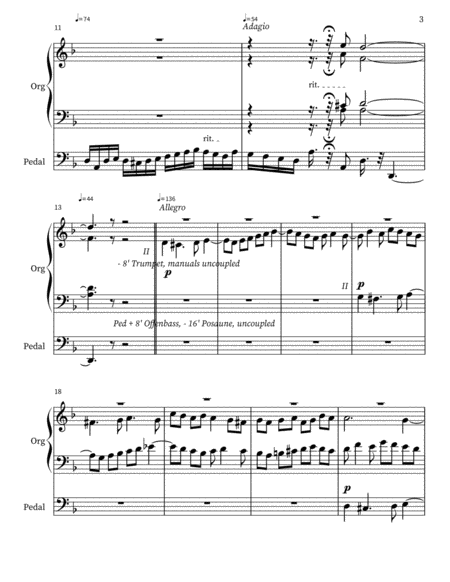
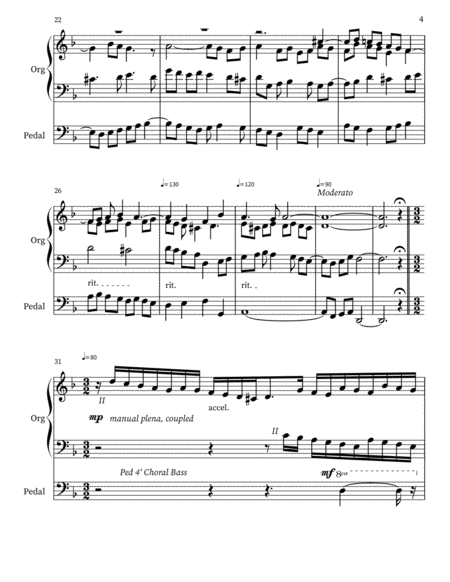
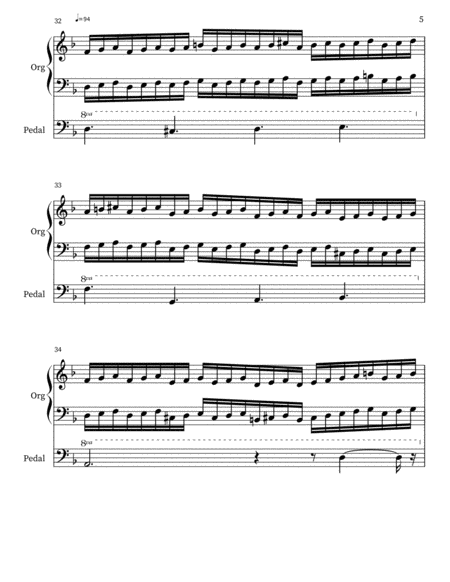
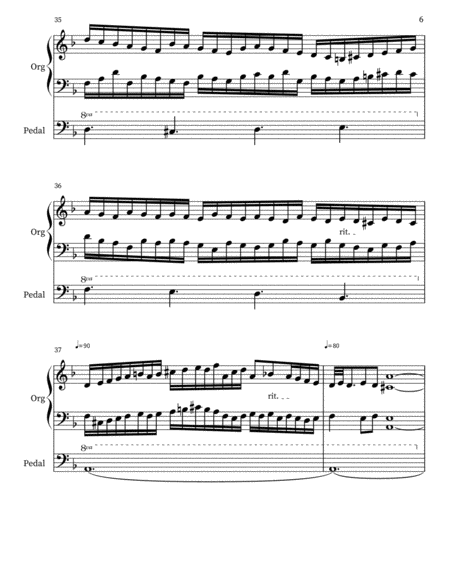
 Share
Share